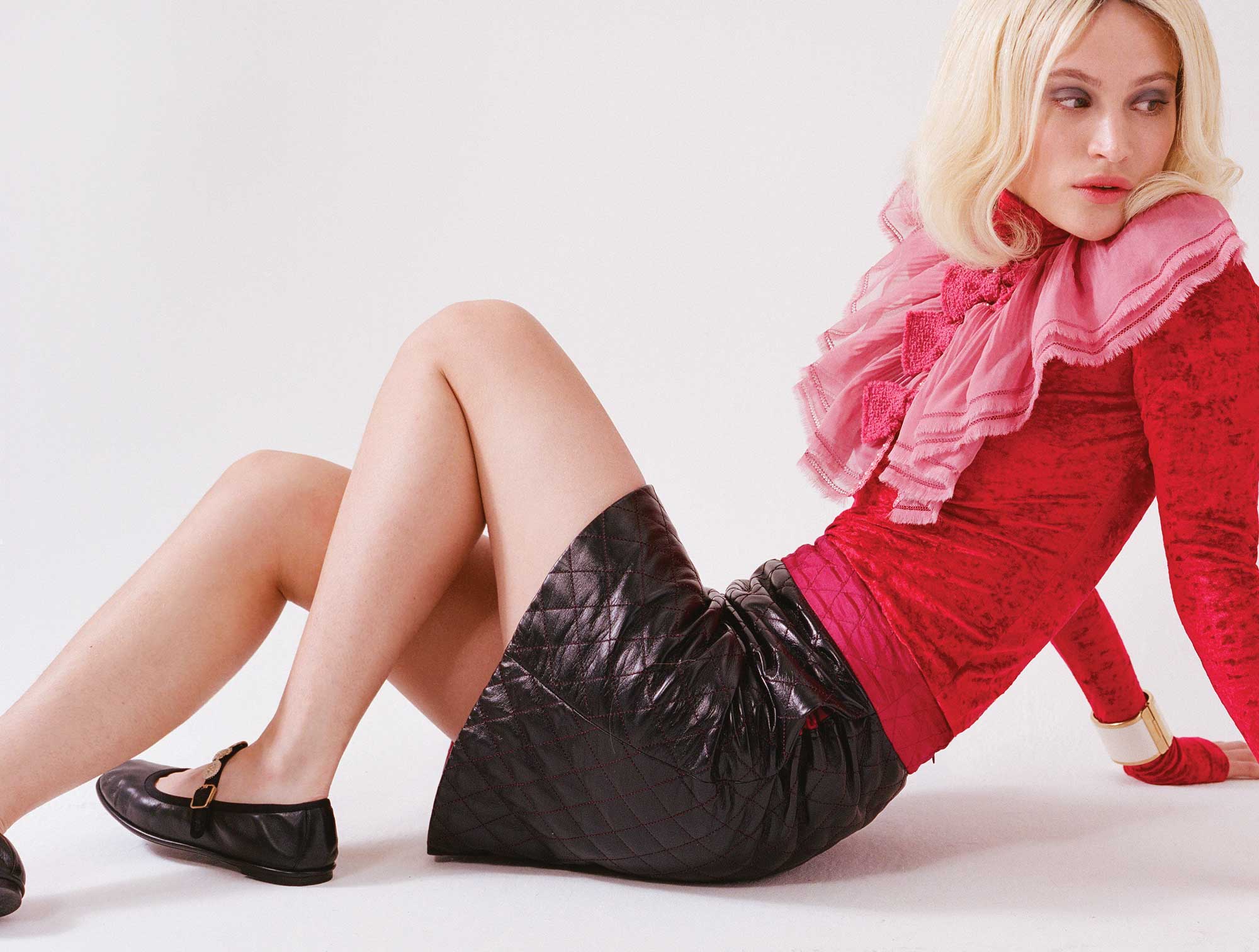Interview taken from ROLE/PLAY, a special INDIE edition created in partnership with Chanel, exploring the transformative power of fashion in film.
The first piece of advice Marlene Burow ever received about acting was “don’t be afraid of contradictions, never betray your character—and defend them with your heart.” It is guidance the actor has returned to in every role, underscoring the essence of her transformational process, be it in television work or cinema.
Born and raised in Berlin, Burow’s career began in the context of German TV, though the 24-year-old actor has since transitioned into film. In 2022, she played the mesmerising covergirl of an East German fashion magazine in In a Land That No Longer Exists (In einem Land, das es nicht mehr gibt), which explores the nuanced life of a young woman coming of age in the underground fashion scene of East Germany. She also landed the leading role in Emily Atef’s Someday We’ll Tell Each Other Everything (Irgendwann werden wir uns alles erzählen), which competed in the 2023 Berlinale. In the summer of 2024, she’s set to star alongside Léa Seydoux and Tony Leung Chiu-wai in Ildikó Enyedi’s Silent Friend.
Burow compares the process of building character to making bread. “You need to let it rest before it gets bigger and you can work with it again,”—a fitting metaphor for a talent most certainly on the rise.
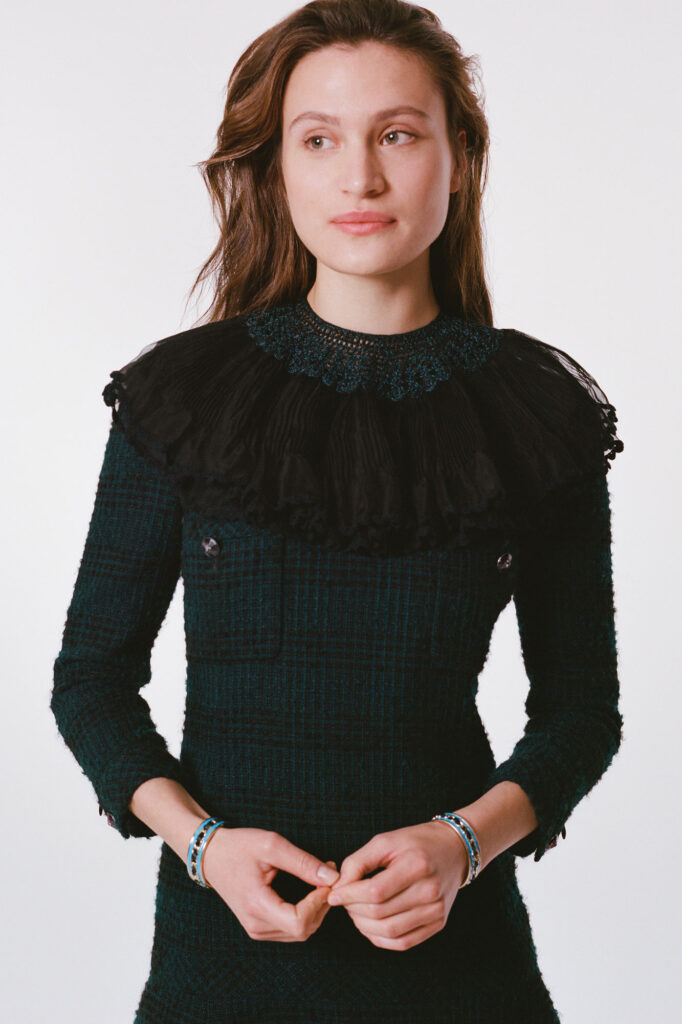
FIRST EVER ROLE
Either a bunny or a tree in first grade. It was a play about the rainforest.
FIRST FILM ROLE…
A teen mom, whose little sister gives her child away. The whole film, she’s searching for her child. It was labelled as a comedy, but I was too much into my storyline, so I played it way too dramatically for the movie. Now I can smile about it.
DREAM ROLE…
A fighter or an athlete. I can’t really say why, but I’m drawn to the strength of these kinds of characters and the physical changes required to transform into them.
ONE CHARACTER TRAIT YOU FIND YOURSELF DRAWN TO…
I always find my way to melancholic souls, or they find their way to me. But I would also like to go against that sometimes.
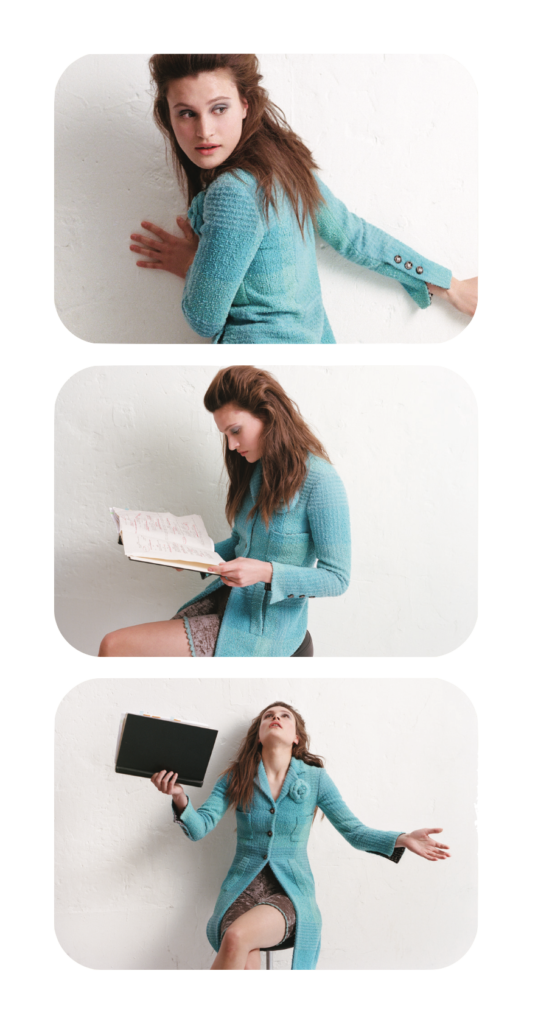
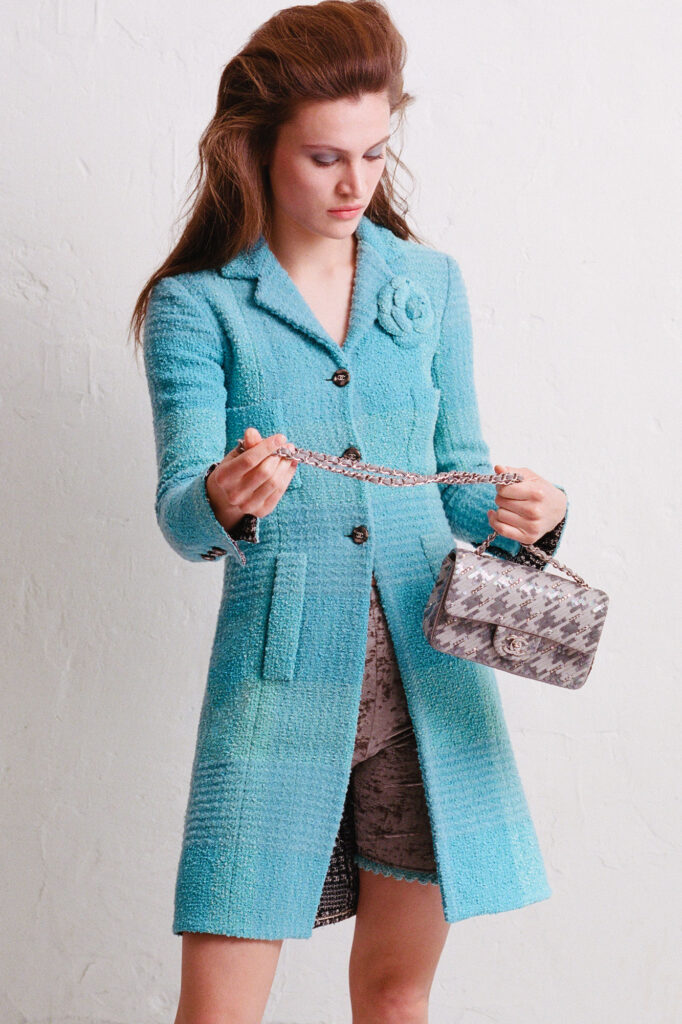
YOUR FAVOURITE EXAMPLE OF COSTUME DESIGN ON FILM…
I feel like costumes are either so good that they hardly stand out— because they fit the characters so well and tell the story along with them, or they are so unique that they remain in your memory. The little black dress in Breakfast at Tiffany’s, Dorothy’s blue dress and red shoes in The Wizard of Oz, or Marty McFly’s orange vest in Back to the Future.
DO YOU FIND IT HARDER TO SHED A CHARACTER OR STEP INTO ONE?
It’s a different process. Getting into character is a long journey of back and forth—it’s like a puzzle, and sometimes the last piece is missing until you start shooting. But then, I carry the charac- ter in my heart, and I feel like I have a responsibility to them. I always love finishing a project and going back to my personal life, but sometimes I have little thoughts, like “Did I really give her everything she needed?” or “Do I still owe her something?” I think it’s just how it works. I would always do it differently even a week after, or year later. I grow, I learn and I always do what I can for the character in that moment.
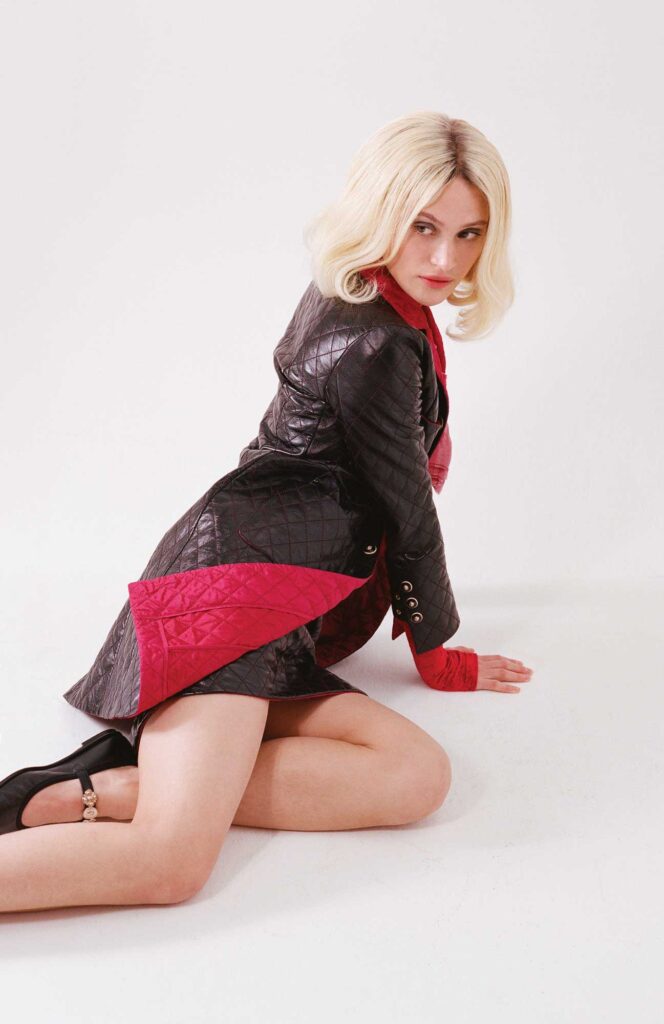
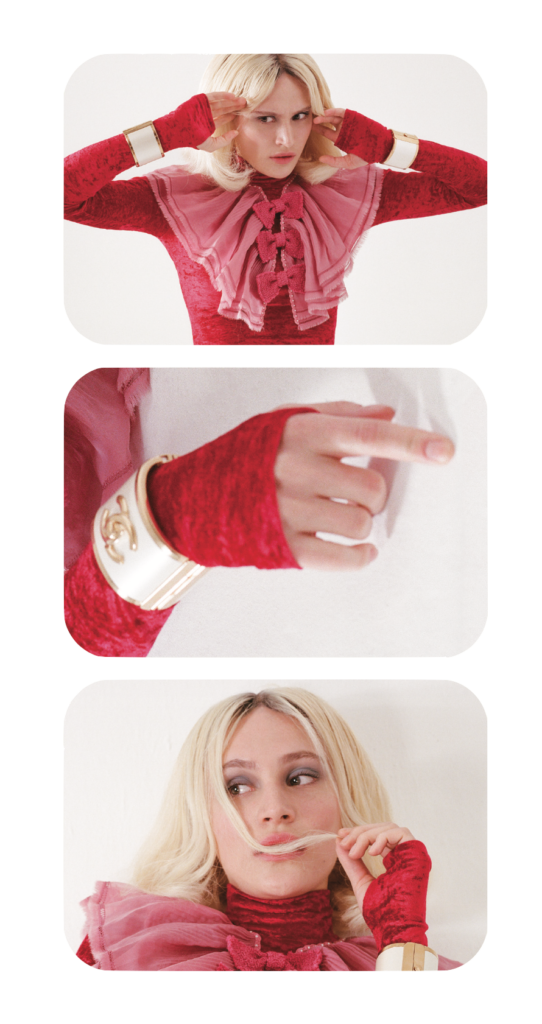
WHAT’S THE MOST CHALLENGING SCENE YOU’VE EVER FILMED?
There have been various challenges. Sometimes it’s about opening up emotionally in front of everyone on set—once I had a scene where I was supposed to be drowned, which was quite physically and mentally demanding for me. But actually, it can be really difficult to laugh wholeheartedly… That’s sometimes harder than one might think. In the end, as an actress, you have to let people look into your soul, which is not always easy.
WHAT’S YOUR PROCESS FOR BUILDING CHARACTER?
It’s a bit different every time. There isn’t a recipe to it, but there are some key points. I always start with the information I get from the script and the first thoughts and feelings I have when I read it for the first time. The process is always a mixture of reading— prose or nonfiction—absorbing art, photography, people on the streets, listening to music, watching documentaries or movies. Writing down thoughts, ideas, questions, whenever something comes to my mind. Then, I work on the inner conflicts, trying out physical characteristics. Being able to leave it for a moment and come back is as important to me as getting really into it.
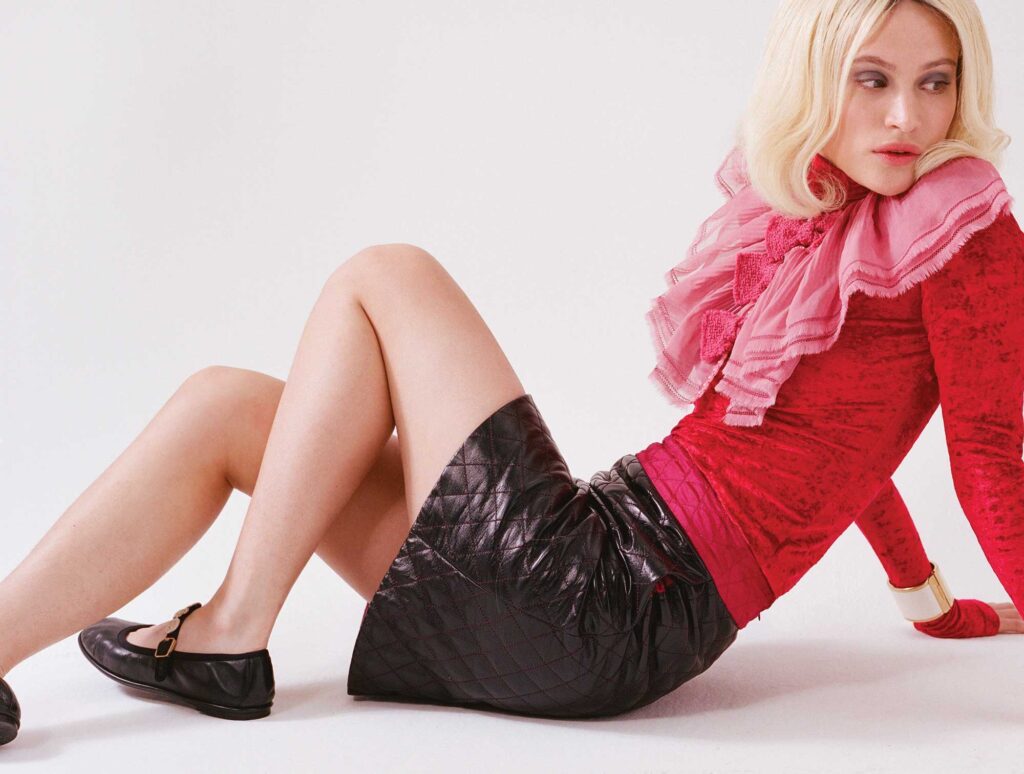
Photography DANIELLA MAIORANO
Styling RACHAEL RODGERS
Fashion CHANEL
Hair YUMIKO HIKAGE
Make-up MIKI MATSUNAGA
Production RACHEL BIGELOW
On-set Production JONAS FARRO
Set Design KÉNIA RAPHAËL
Styling Assistant JANNIS JELTO WITZEL
Hair Assistant KATRIN SACHENKO
Photo Assistant MATHEUS AGUDELO
Proofreading RAFAËL LEMMENS
